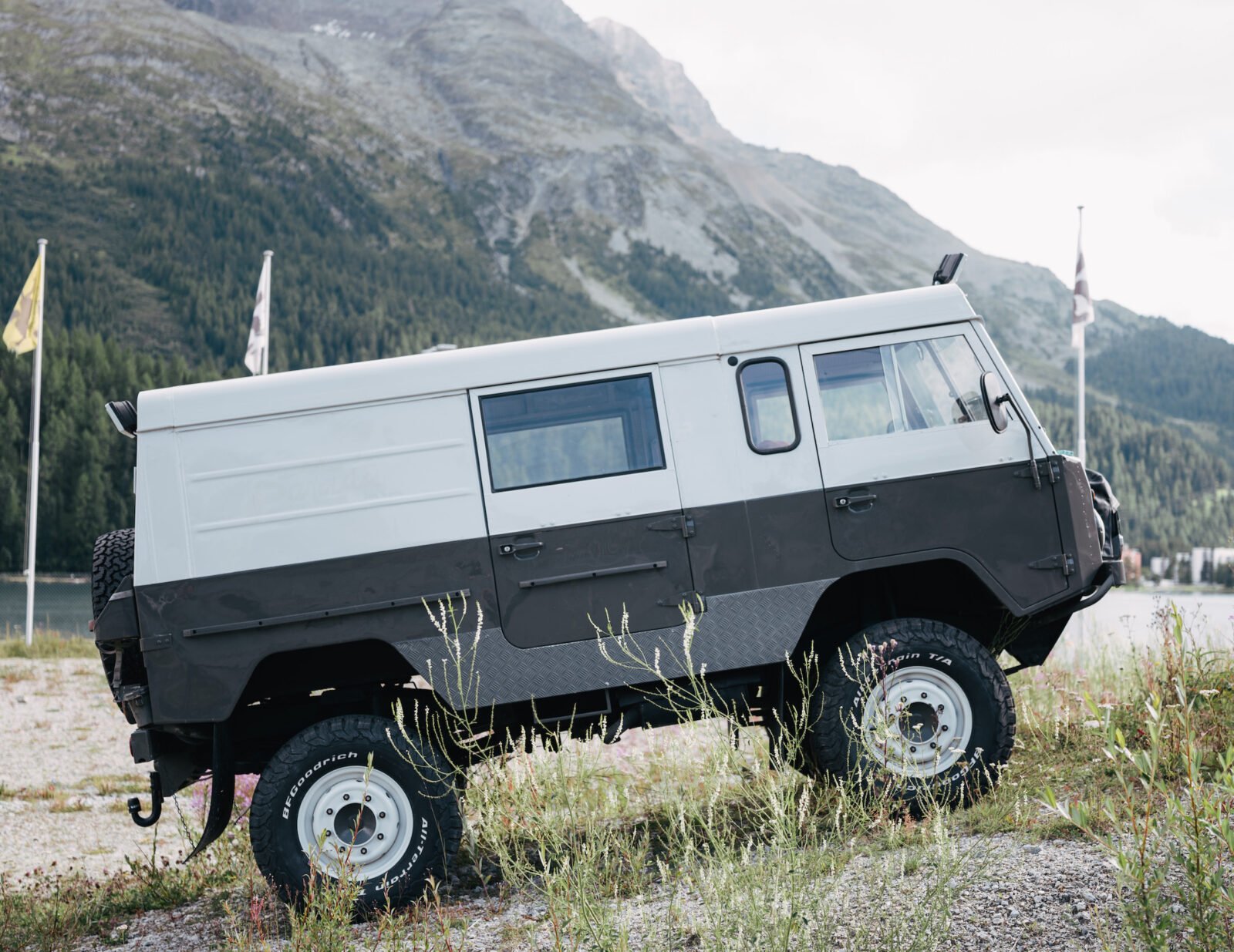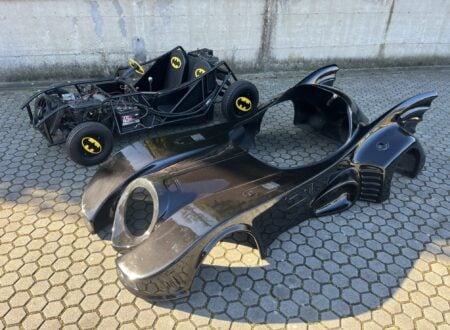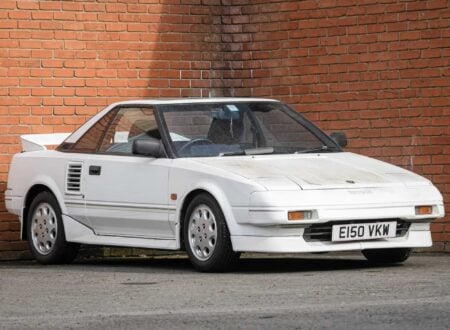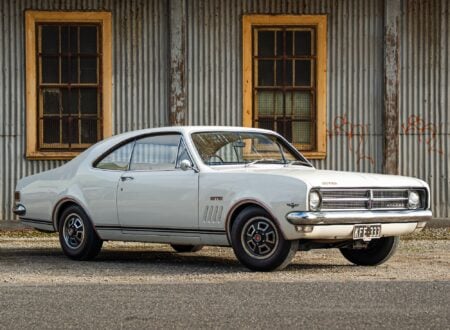The Volvo C303 is a compact cab-forward 4×4 originally developed by Volvo for the Swedish Army. The C303 has been called the “Swedish Unimog” as it has a lot in common with the German off-roader, it’s just a lot more compact.
Volvo produced both 4×4 and 6×6 versions of the C303 from 1974 to 1984, in the 1983 Paris-Dakar Rally a specially prepared Volvo C303 won its class – showcasing the toughness of the model on the world stage.
Fast Facts – The Volvo C303
- The Volvo C303 was developed in the late 1960s as a part of a Swedish Defense Materiel Administration (FMV) requirement for a new military vehicle to replace the aging fleet from the 1950s. The vehicle was specifically designed to handle the tough terrain and harsh winter climate of Sweden.
- The C303 uses a body-on-chassis design, with live axles and leaf springs front and back. Portal axles are used which results in a ground clearance under the differentials of 15 inches. It also has a mechanical differential lock on both the front and rear axles.
- The body is largely made of flat steel and all glass used on the vehicle is flat – meaning that it’s easy to replace anywhere in the world, as flat panes can be cut to size quickly and easily.
- Power is provided by a version of the Volvo B30 petrol engine, an inline-six cylinder unit with overhead valves, a 3.0 liter displacement, and 125 hp with 162 lb ft of torque.
The Volvo C303: A History Speedrun
The Volvo C303 is part of a range of light military vehicles produced by Volvo during the 1970s and into the 1980s. The history of the C303 is rooted in Sweden’s need for versatile military transportation that could handle its challenging terrain and harsh weather, including deep snow and mud in the winter months.
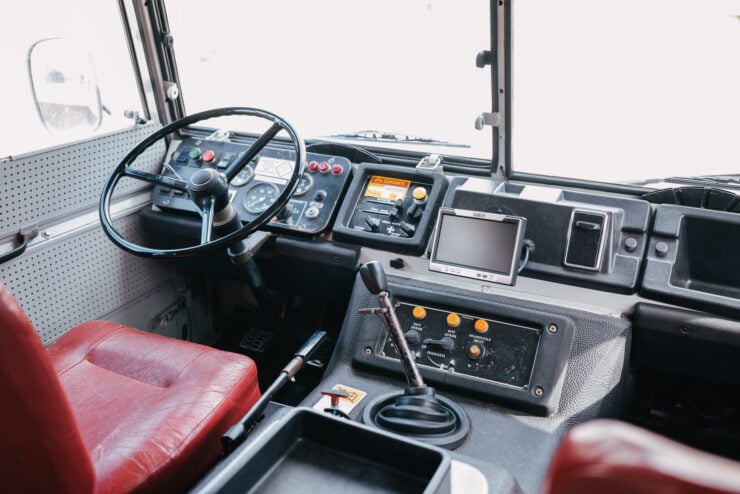

In the late 1960s, the Swedish Defense Administration issued a request for a new military vehicle that could replace the older vehicles in their fleet. Volvo took on the challenge and the C303, along with its related models C202 and C304/C306 were developed.
The C303 was essentially the 4×4 version, while the C304 and C306 had 6×6 configurations for added capacity and versatility. The unique design of the C303 featured portal axles front and back, which allowed the axles and differential to be above the center of the wheels, providing the vehicle with significant ground clearance. This design greatly improved the vehicle’s off-road capability, as it had done earlier with the German Unimog.
Its steel body was boxy and utilitarian, perfect for military and industrial purposes. In the engine bay you’ll find a relatively simple Volvo B30 engine, a 3.0 liter inline-six sourced from Volvo’s passenger cars. This made maintenance straightforward and ensured that spare parts would be easy to come by.
When it came to its use in the field, the C303 excelled in on any terrain it was tested on. Its design allowed it to wade through water, climb steep inclines, and handle deep snow or mud with relative ease – thanks in no small part to its cavernous 15 inches of ground clearance.
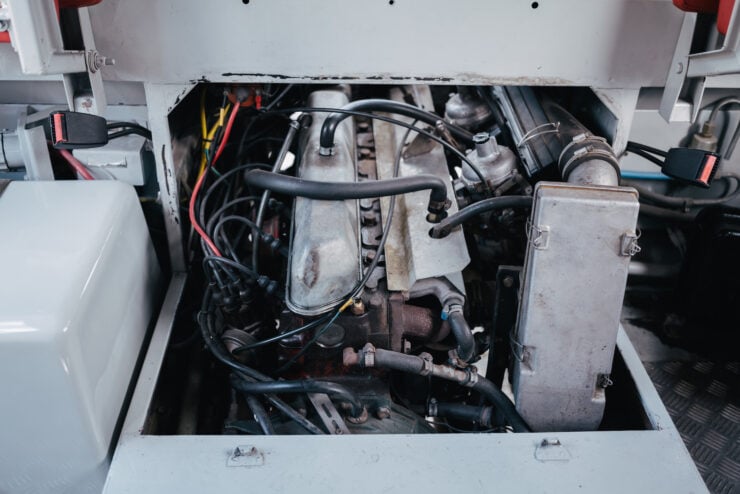

While the vehicle was primarily produced for the Swedish Army, it caught the attention of foreign militaries. As a result, the C303 saw exports to countries including Norway, Latvia, Estonia, Malaysia, Angola, Lithuania, and Saudi Arabia.
Beyond military use, its capabilities made it popular among off-road enthusiasts and adventure seekers. Many decommissioned ex-military vehicles were bought by civilians and converted for overlanding.
By the early 1980s, Volvo ceased the production of the C303 and its variants as the military’s requirements evolved. However, the vehicle’s legacy lives on. It earned a reputation as one of the most durable and capable off-road vehicles ever built and they’re much sought after today though they only come up for sale relatively rarely.
The Paradiso Volvo C303 Shown Here
The Volvo C303 you see in this article was originally put to work as a service vehicle at Paradiso, the mountain club in St Moritz. It helped keep operations moving in ice and snow throughout winter seasons thanks to its ability to cover almost any terrain it was pointed at.
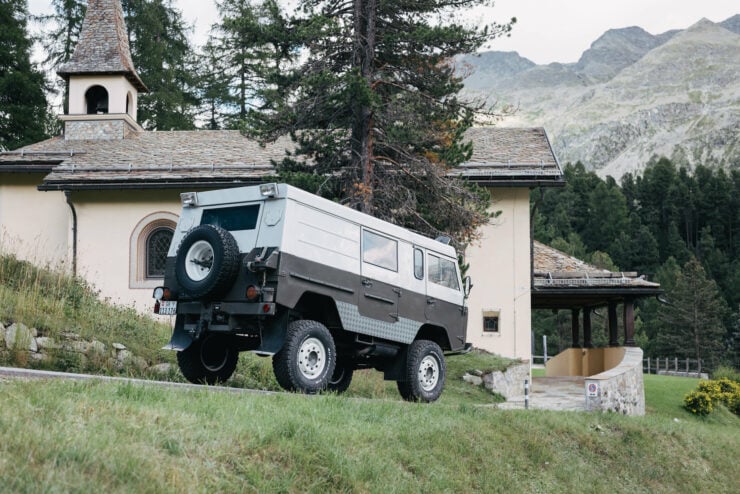

The vehicle os finished in white over dark grey, it’s fitted with white steel wheels shod with BF Goodrich All Terrain tires, and it has a largely white interior with red upholstered seats front and back. There is space for two up front, a driver and a single passenger, with army-style seating in the rear for up to four people for a total capacity of six.
A full-sized spare tire is fitted to the rear of the vehicle on the swing-open door, the back of the vehicle also has dual spotlights, a tow hitch, and a jerry can holder. Checker plate panels are fitted to either side of the 4×4 and there are access doors on either side.
There are a pair of matching spotlights up front as well as the standard headlights, and there’s a Warn winch fitted to help get you out of difficult situations when the need arises. The listing notes that this C303 was last serviced in 2022.
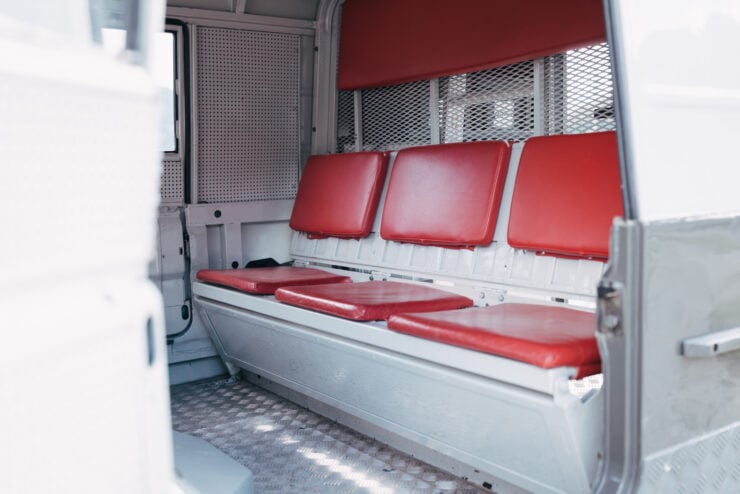

St. Moritz is a luxury alpine resort skiing town in Switzerland’s Engadin valley, and the Paradiso Club is one of its most prestigious locations, so there can be little doubt that this C303 has hauled more than its fare share of notable people over the years.
It’s now due to roll across the auction block with RM Sotheby’s in St. Moritz, Switzerland on the 15th of September with a price guide of $17,000 – $28,000 USD. If you’d like to read more about it or register to bid you can visit the listing here.
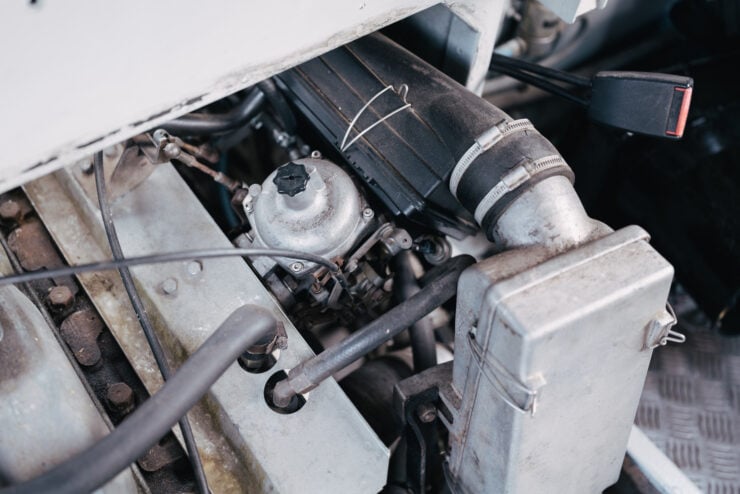
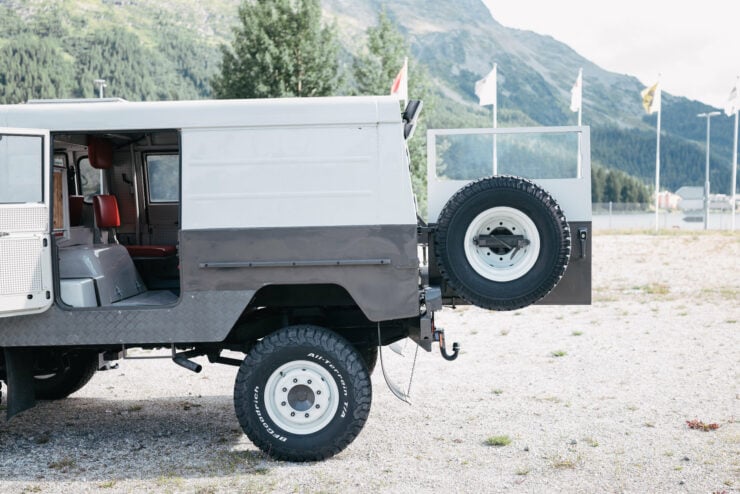
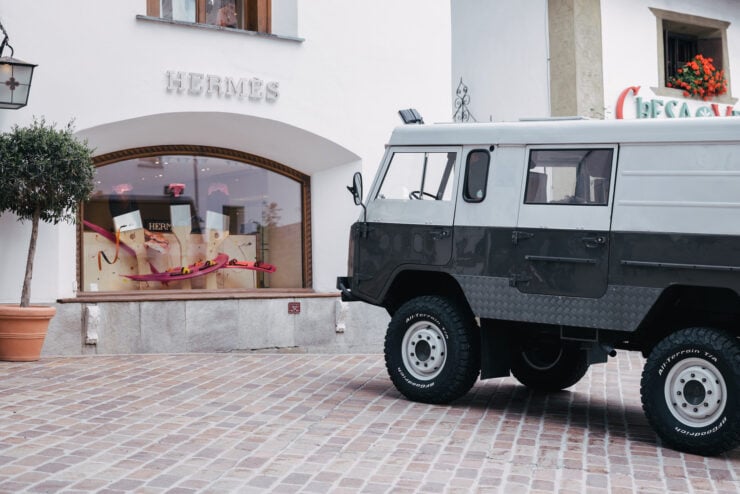
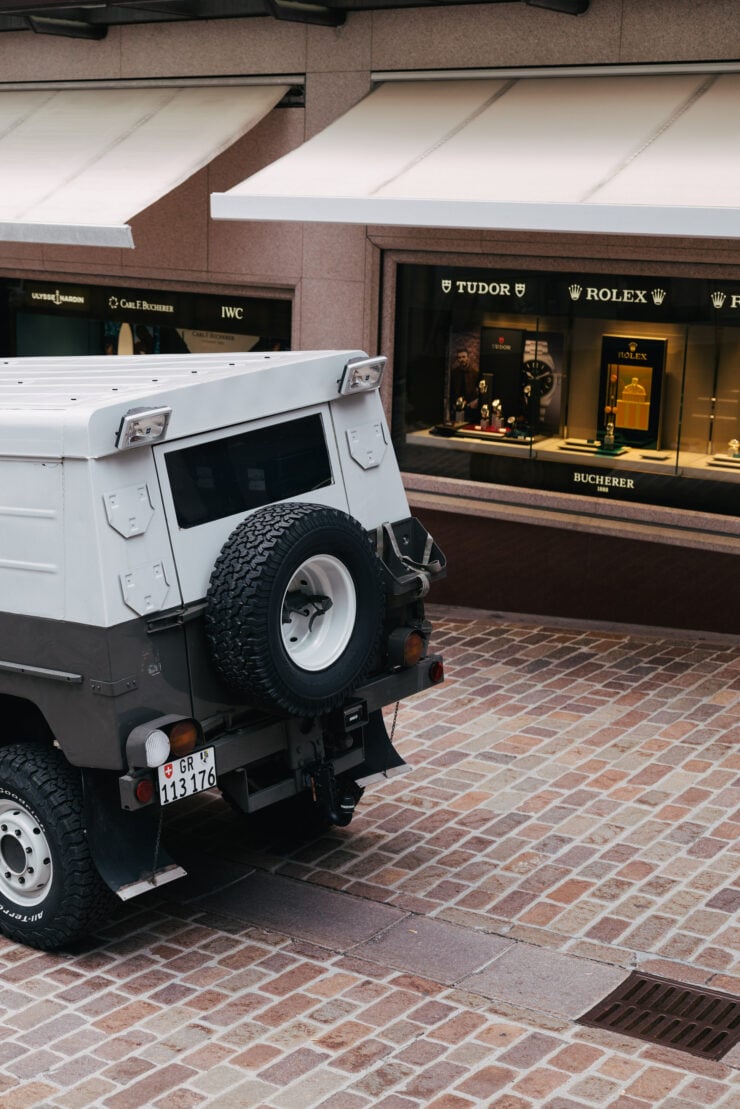
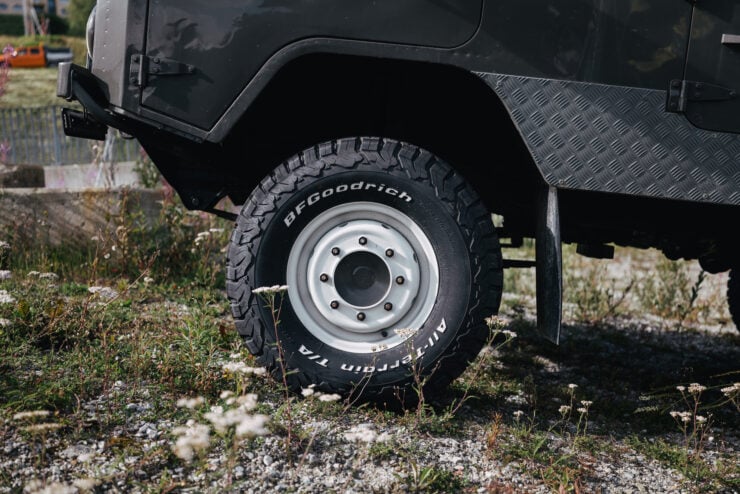
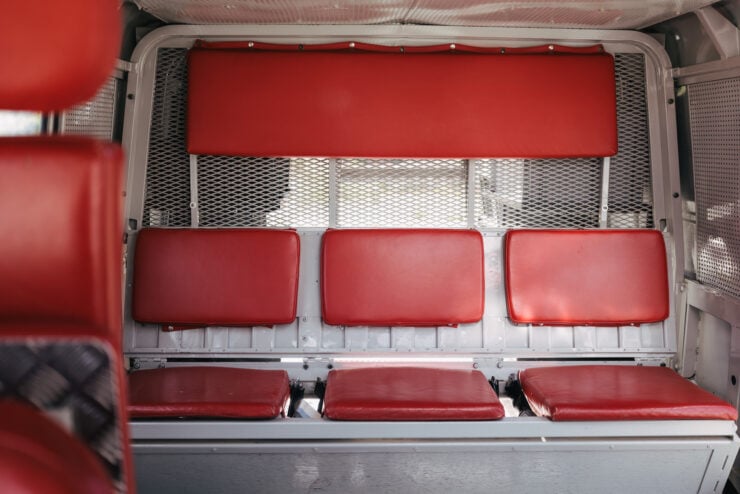
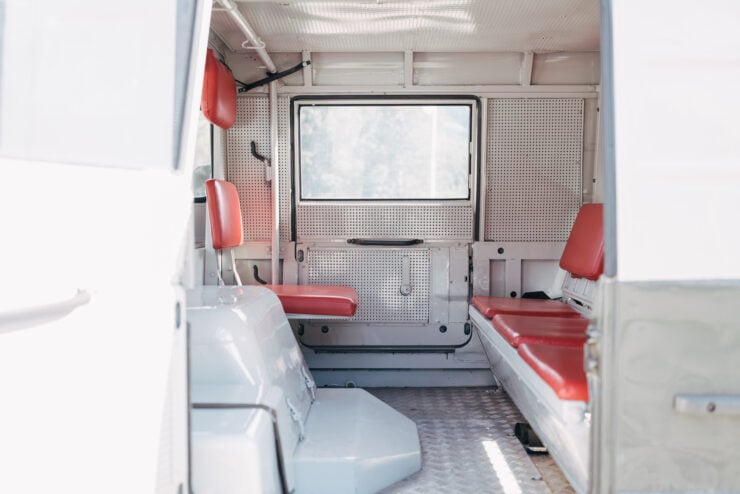
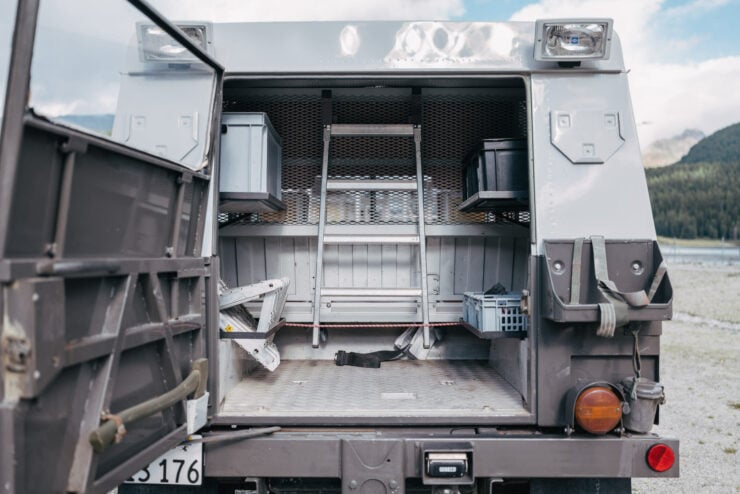
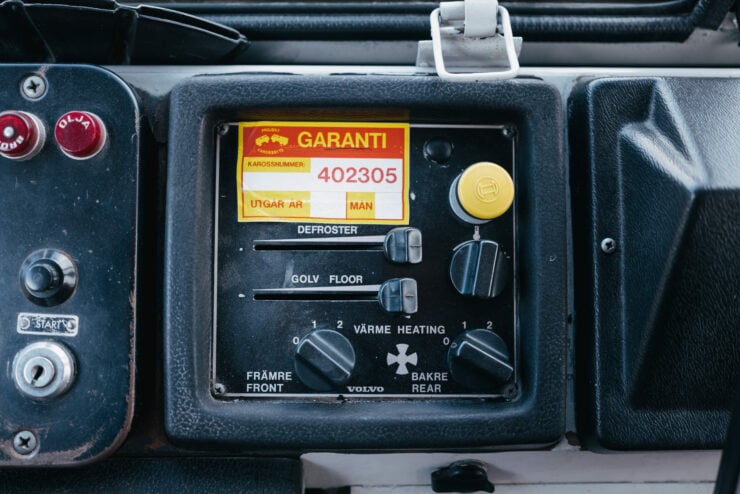

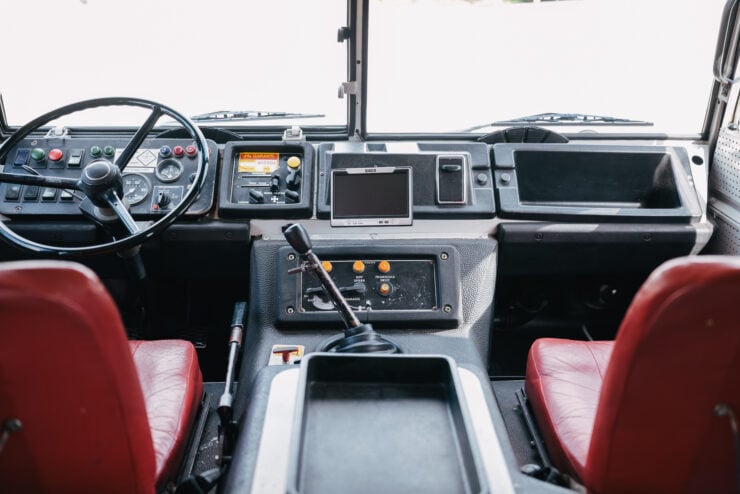
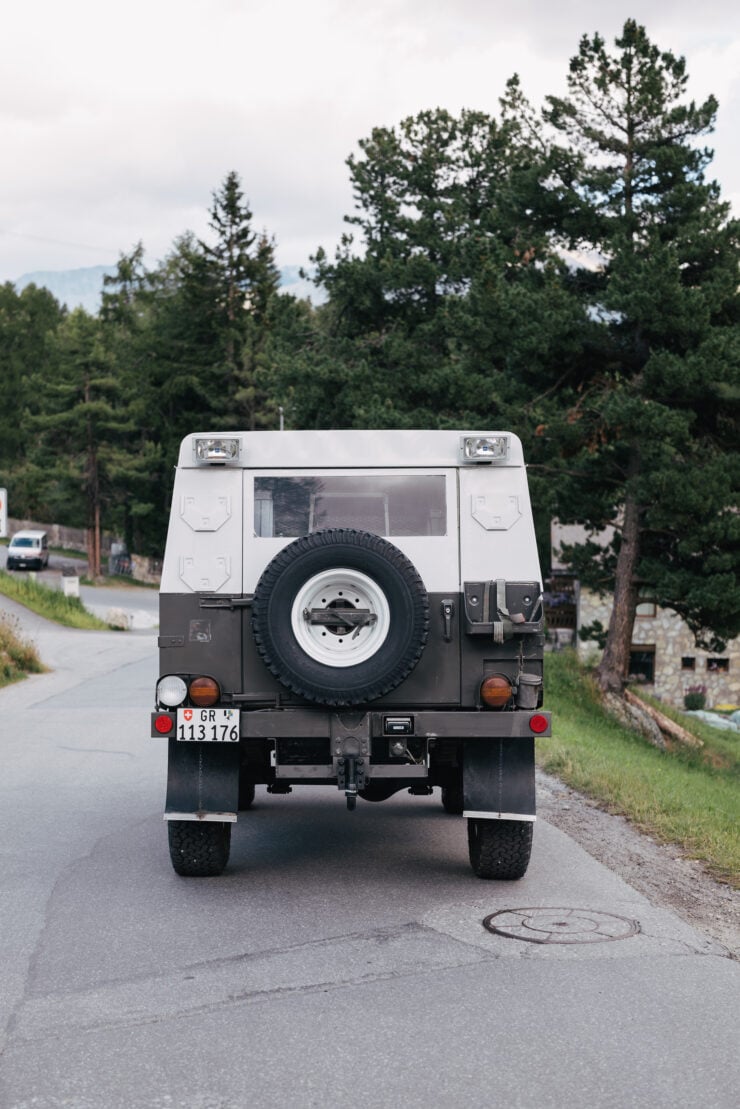
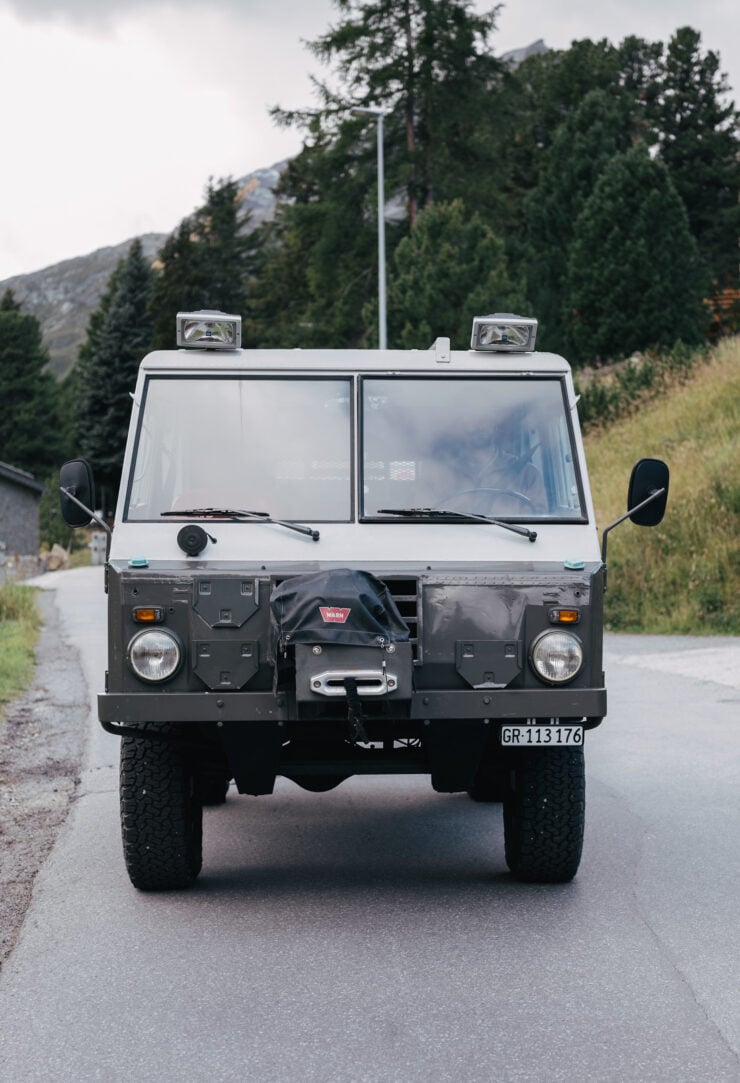
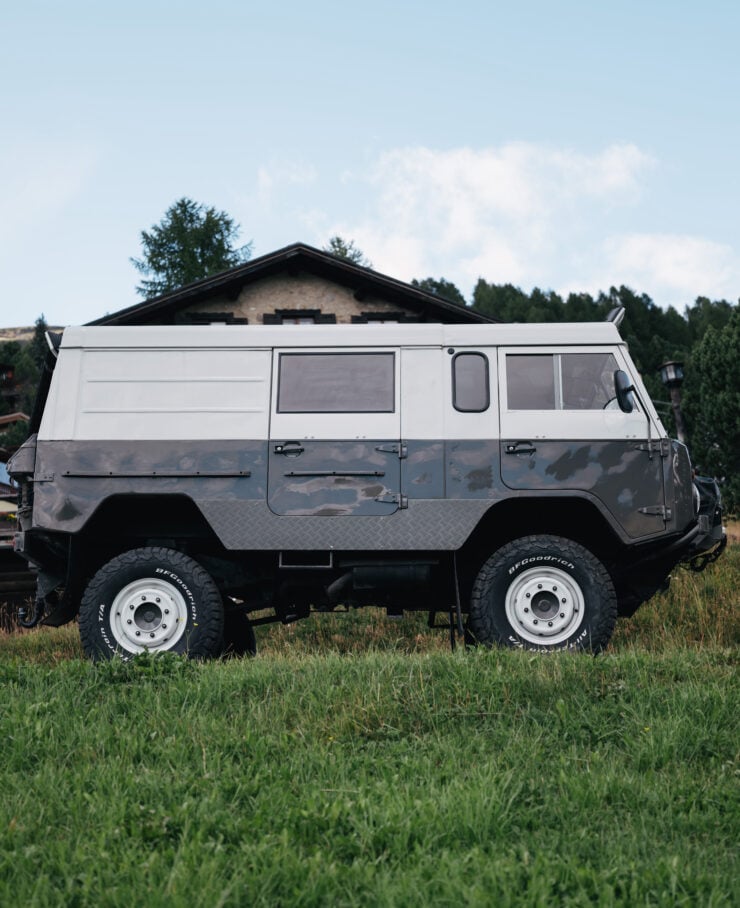

Images: Fabrizio D’Aloisio ©2023 Courtesy of RM Sotheby’s

